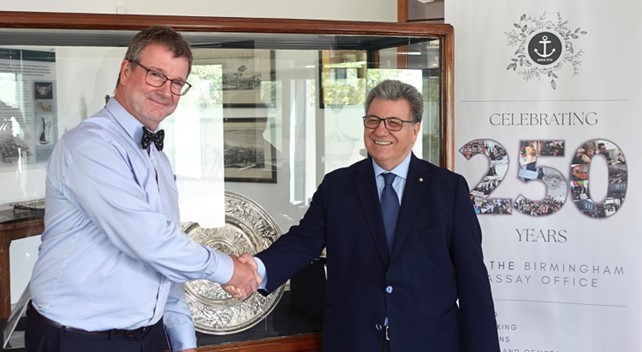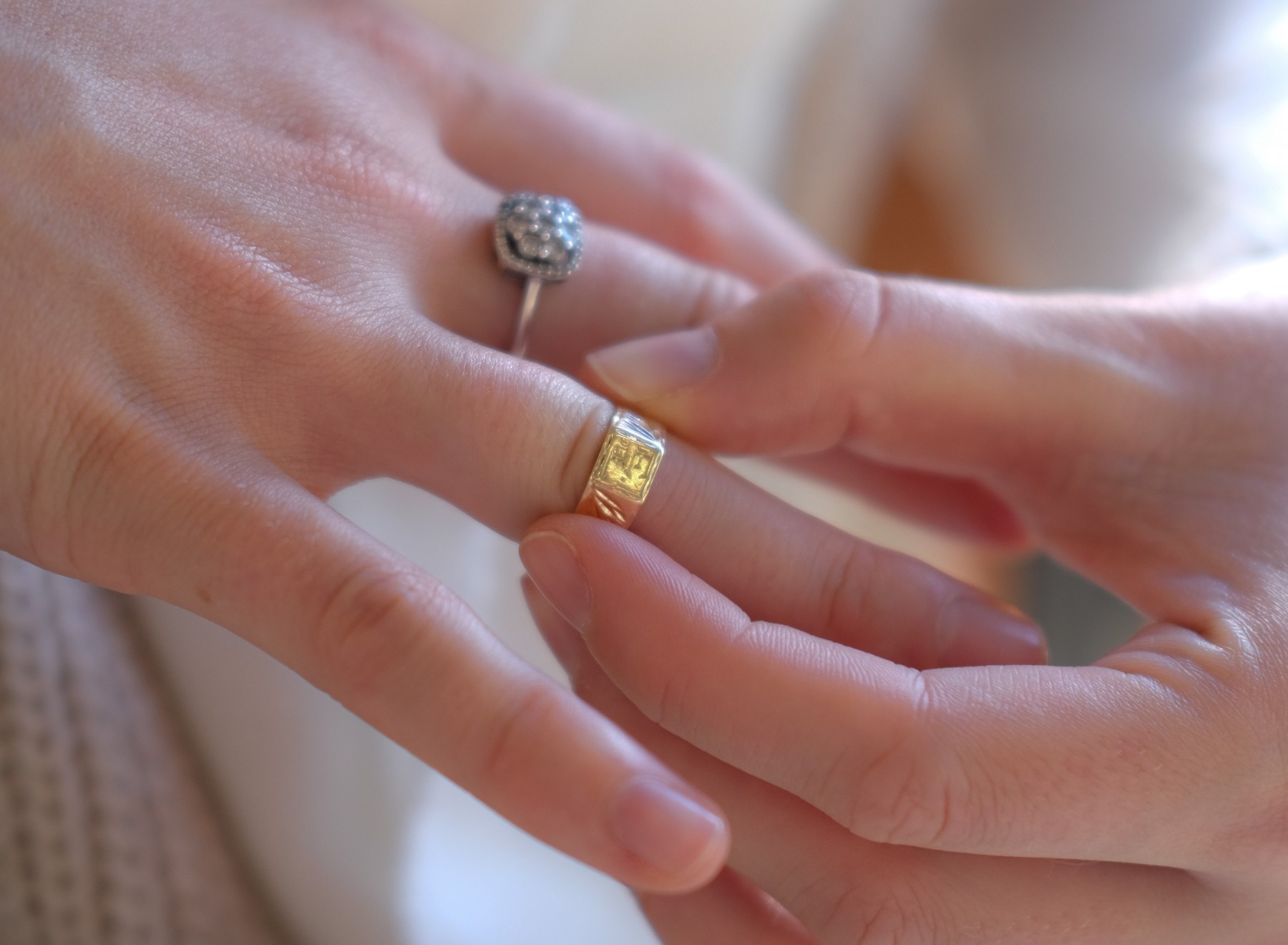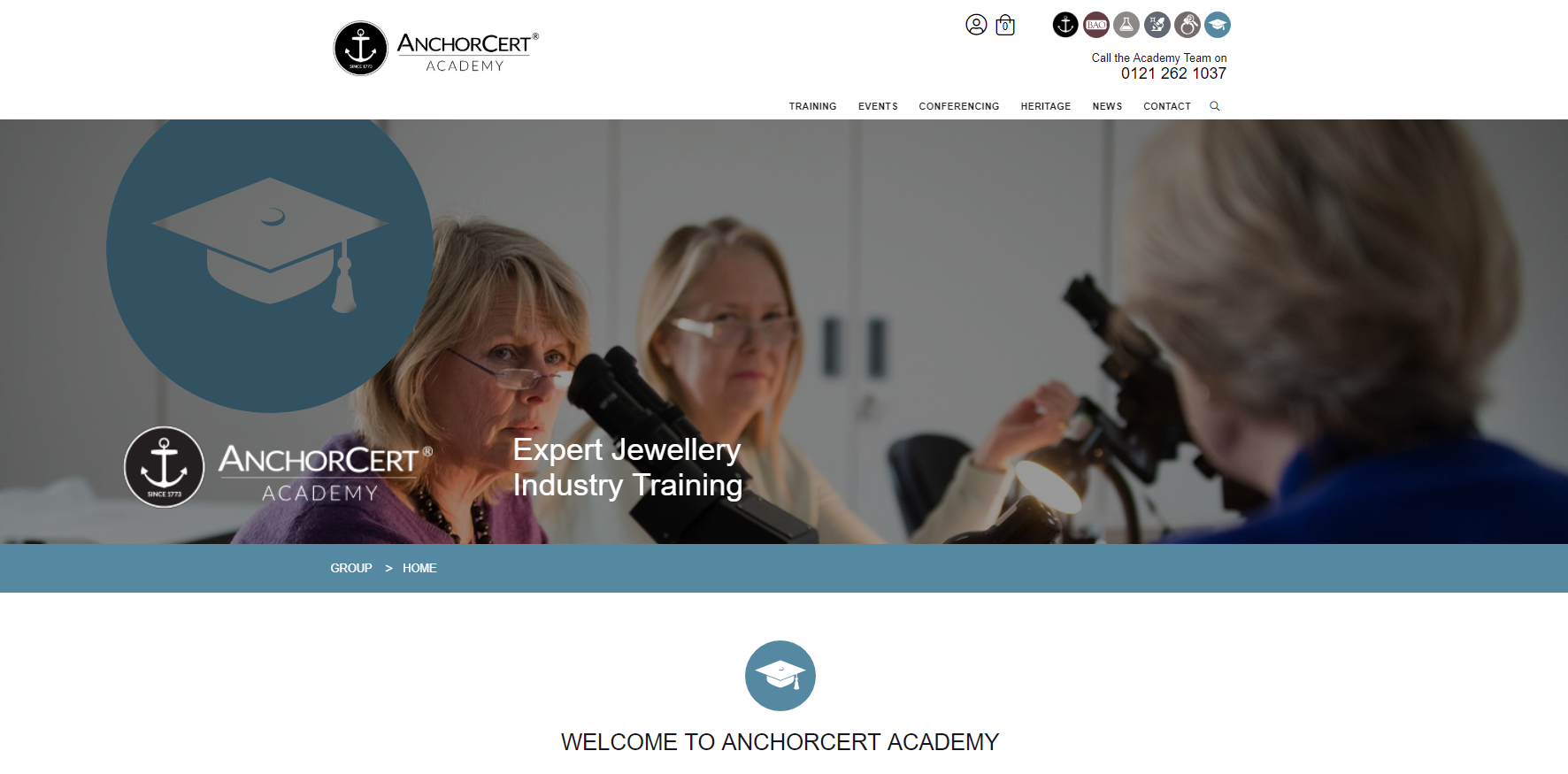Original artistâs impression of iconic city landmark to go on public display for first time
Painting captures the grand civic aspirations of 1830s Birmingham, with culture and politics at its heart  âThe civic vision of Birmingham has to be renewed in every generationâ says leading historian Professor Peter Marsh
âThe civic vision of Birmingham has to be renewed in every generationâ says leading historian Professor Peter Marsh
 âThe civic vision of Birmingham has to be renewed in every generationâ says leading historian Professor Peter Marsh
âThe civic vision of Birmingham has to be renewed in every generationâ says leading historian Professor Peter Marsh
A painting of Town Hall Birmingham of national historical significance is to go on public display for the first time. The watercolour, by W Harris, dates to 1831 and is the artistâs impression which accompanied the winning competition entry by architects Joseph Hansom (later the inventor of the Hansom Cab) and Edward Welch. It has been loaned to Town Hall Birmingham for permanent display by Assay Office Birmingham.Â
As well as illustrating the design of the proposed Town Hall, the artistâs impression goes further, envisioning the architectsâ ideas for a series of imposing surrounding buildings reflective of the grand aspirations of Birminghamâs Street Commissioners (the forerunners of the townâs council). Artistâs impression of Hansom & Welchâs design for Town Hall Birmingham by W Harris, 1831   Image: Huw Meredith Photography, courtesy Assay Office Birmingham No known records have survived concerning the acquisition of the painting in Assay Office Birminghamâs collection, however, investigation by Dr Sally Hoban (who, until recently, worked at the Assay Office in heritage and education) has revealed that there were links between the early days of Town Hall and the Assay Office, which was founded in 1773. She explains: âMy research suggests that the painting possibly came to the Assay Office through William Phipson, who was Assay Master between 1808 and 1845. He was a member of the First Town Hall Committee in 1828 and of the 16 men who were part of this committee, nine were Guardians of the Assay Office, so there were close links between Town Hall and the Assay Office at this time.â Town Hall Birmingham was built in 1834 and is believed to be the oldest surviving concert hall of its size in the world. It was intended as both a fitting venue for the renowned Triennial Musical Festivals as well as to serve âthe general purposes of a Town Hallâ. Speaking at an unveiling event at Town Hall, Professor Peter Marsh (Honorary Professor of History, University of Birmingham), explained: âThis watercolour expresses the civic vision of the leaders of Birmingham long ago when it was bursting onto the economic and social landscape of England but still lacked recognition in the governance of the country. The leaders of Birmingham in the 1830s wanted to stake out a two-fold claim for their town: that it was a cultural centre of European distinction and was, at the same time, eager to set the pace of political reform in Britain.â That vision was revived and redrawn in the 1870s by Joseph Chamberlain, and again with the renovation of Town Hall prior to its re-opening in 2007, and this is a continuing process said Professor Marsh: âEvery generation must rediscover its own civic vision and develop it to meet its aspirationsâ. He concluded with a challenge to Birminghamâs rising generation âwhat would you like to see this city become; what quality of life would you like to see here; how can we carry forward the vision embodied in this building of a socially unified city with a vibrant culture.â Kate Hartigan, Chairman at Assay Office Birmingham, said, âWe are immensely proud of Assay Office Birminghamâs heritage within the city and our extensive silver collection, library and archive is open to the public during specially organised visits. But we wanted far more people to be able to see the painting of Town Hall and so we are delighted that the painting is going âhomeâ.â Anita Bhalla, Chairman of Performances Birmingham Limited, the registered charity that manages Town Hall & Symphony Hall said, âThis unique artwork represents the grand plans of the city fathers which put culture at the heart of their civic vision. Town Hall remains an iconic landmark at the centre of Birminghamâs cultural and social scene and continues to be a favoured venue for major speeches and announcements by politicians and business leaders. Now, thanks to the generosity of Assay Office Birmingham, and the support of the Limoges Trust, this illustration of civic pride has a permanent place at Town Hall.â The painting has been framed and a perfect facsimile made with support from the Limoges Trust. The original will be placed in Town Hallâs Joseph Hansom Suite where it can be viewed during public tours, which are sponsored by History West Midlands, with the facsimile on public view in the foyer. A short film by History West Midlands about the artistâs impression of Town Hall Birmingham has been made to commemorate the occasion and can be viewed at www.historywm.com Further information from www.thsh.co.uk Notes to Editors Assay Office Birmingham Assay Office Birmingham has a long established reputation within the jewellery trade as an independent centre of quality assessment and expert opinion for precious metals and gemstones. Founded by an Act of Parliament in 1773, as a result of the determination of Matthew Boulton, the Assay Office is a long standing member of Birminghamâs business community.  It continues to be key to the Cityâs precious metal industry and unique Jewellery Quarter.   Assaying and Hallmarking precious metals is robustly enforced in the UK, protecting both the consumer and the trade. In recent years Assay Office Birmingham has expanded its services far beyond its statutory Assaying and Hallmarking duties and offers independent expert opinion on every aspect of the precious metal, jewellery and gemstone trade. Resources Footage from the short film by History West Midlands is available on request for broadcast free of charge on request. The film may be embedded in websites on request with a credit. An image of the painting is available Caption: Artistâs impression of Hansom & Welchâs design for Town Hall Birmingham by W Harris, 1831 Image credit: Huw Meredith Photography, courtesy Assay Office Birmingham Text of the speech by Professor Peter Marsh, given at an event to unveil the painting, at Town Hall on 1 December is available  The Painting 33â x 18.5â watercolour painting by W Harris (there is some debate as to whether this could in fact be Henry Harris) A fading, handwritten and varnished label attached to the back of the painting identifies it as the competition sketch submitted by architects Joseph Hansom & Edward Welch Joseph Hansom Joseph Hansom was 27 at the time of the commission. He unwisely undertook full financial responsibility for the project and he was bankrupted as a result. His âHansom Cabâ was patented in 1834, the year Town Hall opened. The Town Hall design is based on the Roman temple of Castor and Pollux Notable events at Town Hall- 1834 â Town Hallâs first event: Triennial Musical Festival
- 1834 â Birmingham Political Union rallied forces to sustain support for Thomas Attwood â 8000 men were âpacked, showing a sea of faces and headsâ
- 1835 â Anti Slavery meetings
- 1846 â Premiere of a Triennial Festivals commission, Mendelssohnâs oratorio Elijah
- 1854 â Charles Dickens gives his first ever reading of A Christmas Carol
- 1858 â Queen Victoria visits
- 19th century â new musical compositions for the Triennial Festivals by leading composers of the day including Dvorak, Grieg, Saint-Saens, Gounod, Sullivan
- 1900 â Premiere of The Dream of Gerontius by Edward Elgar
- 1901 â riot followed an anti-Boer War speech by Lloyd George (he had to be smuggled from the Hall dressed as a policeman)
- 1920 â City of Birmingham Orchestraâs inaugural Town Hall concert, conducted by Edward Elgar
- 1927 â Town Hall re-opens following works to reconfigure interior including an additional balcony
- 2007 â Re-opening of Town Hall following a £35m renovation
- Speeches and rallies by - John Bright, Joseph Chamberlain, Neville Chamberlain, Edward Heath, Margaret Thatcher, Nick Clegg
- Notable performances by â Felix Mendelssohn, Edward Elgar, Paul Robeson, Buddy Holly, The Beatles, Duke Ellington, Black Sabbath, Rolling Stones, Bob Dylan, Benjamin Britten, Yehudi Menuhin, Andre Previn, Simon Rattle
Your item has been added to the basket
You need to create an account, or login before you can add this item to your basket.







